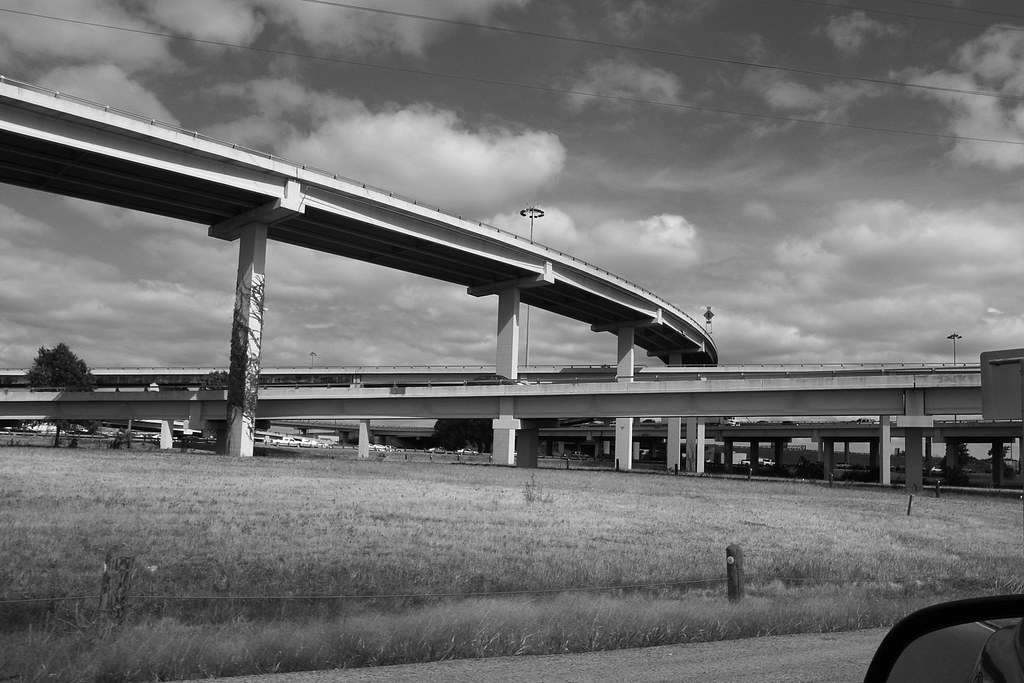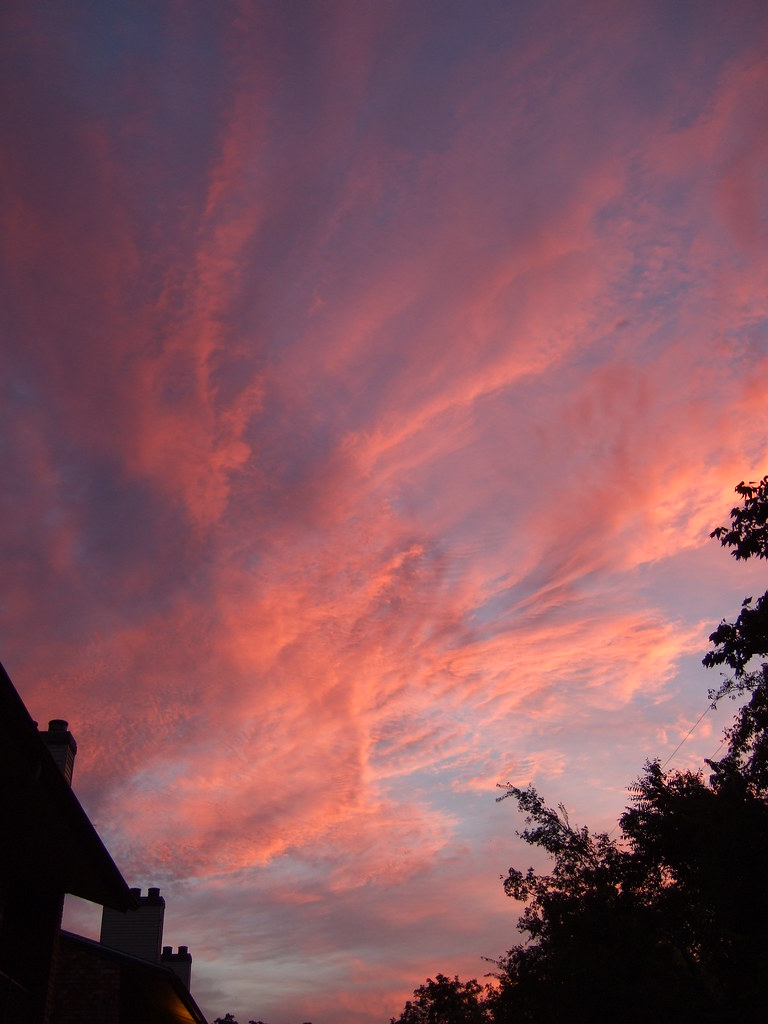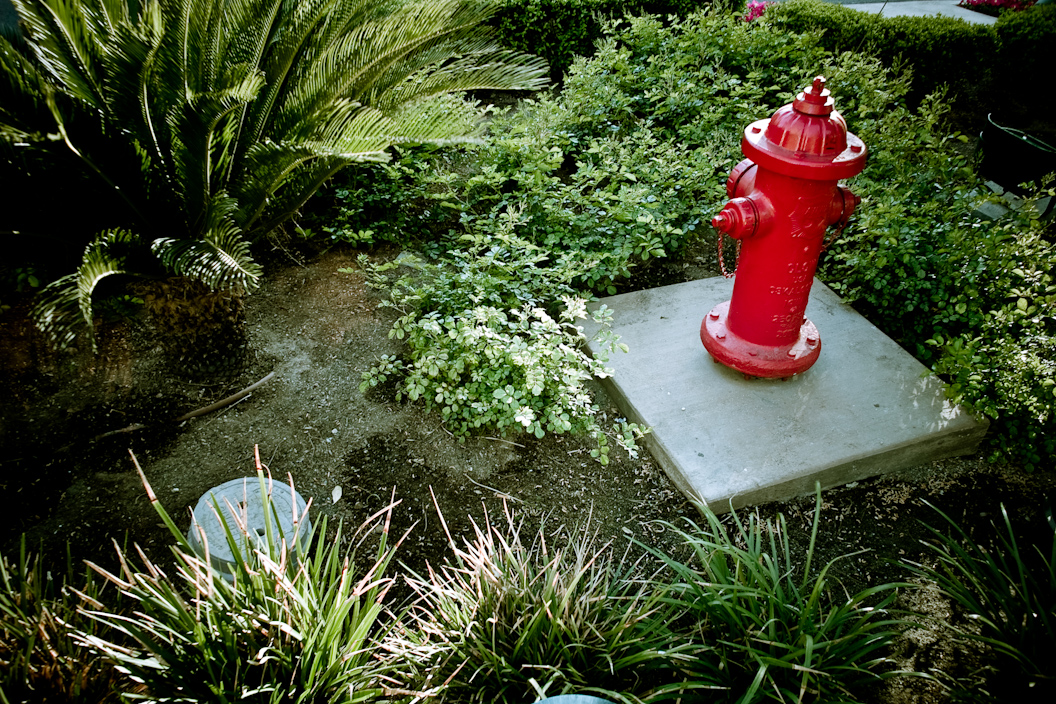hi neil,
i think the hardest thing is to develop a point of view. following my moods, i use this or that technique, since all are available. mostly we need to know what our vein of gold is and to use whatever technical means available to smelt the ore. if you are interested in the impact on the viewer, you choose whatever means to get your point across. i tend to get sidetracked from the goal, which is communication.
best,
wayne
www.pbase.com/wwp
ps. here's an example, one of the best photo books i know
http://www.amazon.com/Solitude-Rave...=sr_1_1?ie=UTF8&s=books&qid=1234346044&sr=8-1
i think the hardest thing is to develop a point of view. following my moods, i use this or that technique, since all are available. mostly we need to know what our vein of gold is and to use whatever technical means available to smelt the ore. if you are interested in the impact on the viewer, you choose whatever means to get your point across. i tend to get sidetracked from the goal, which is communication.
best,
wayne
www.pbase.com/wwp
ps. here's an example, one of the best photo books i know
http://www.amazon.com/Solitude-Rave...=sr_1_1?ie=UTF8&s=books&qid=1234346044&sr=8-1



